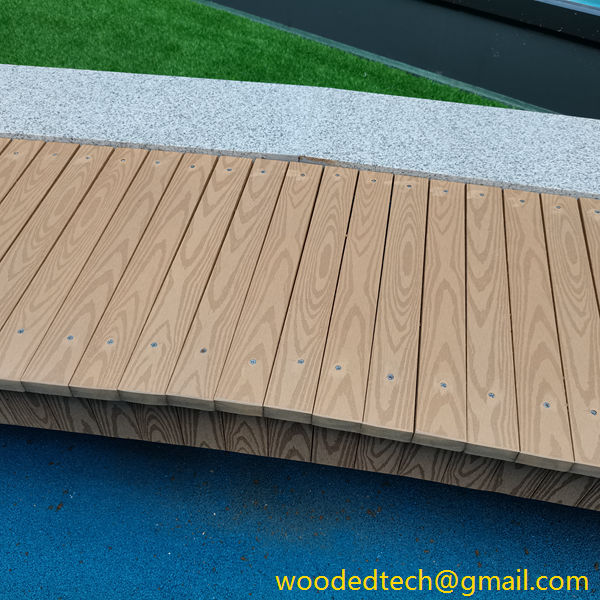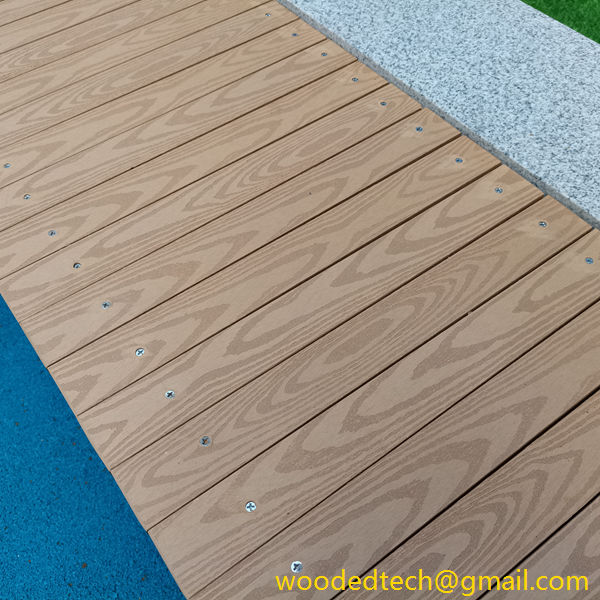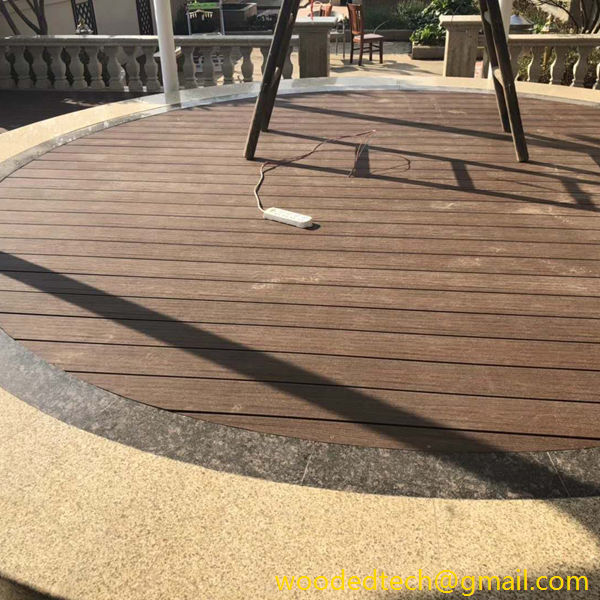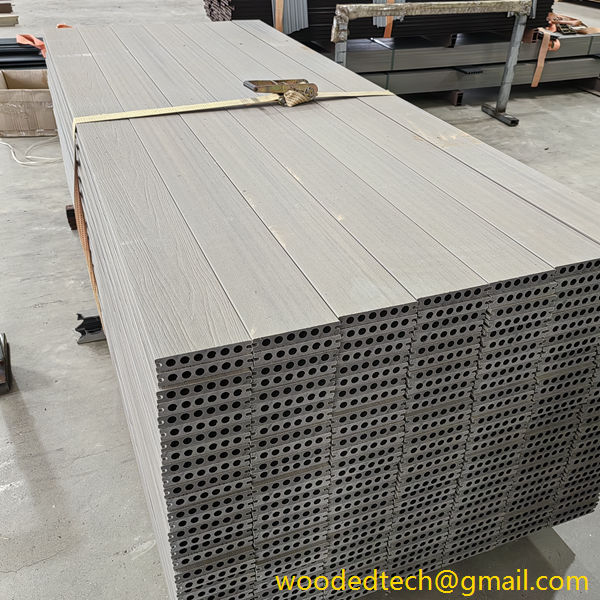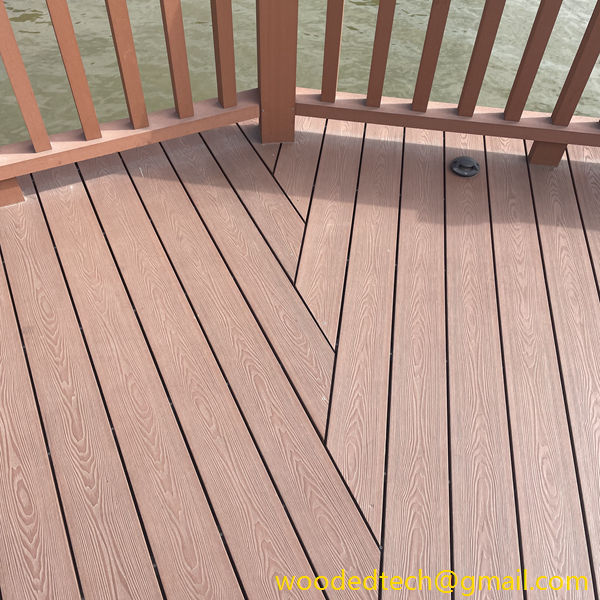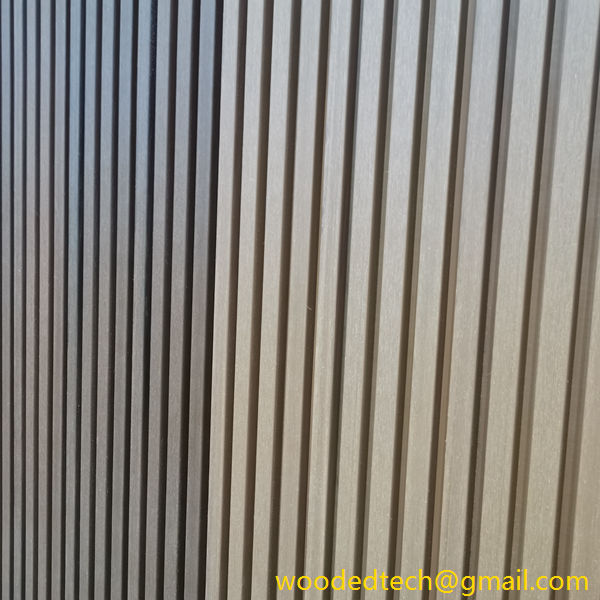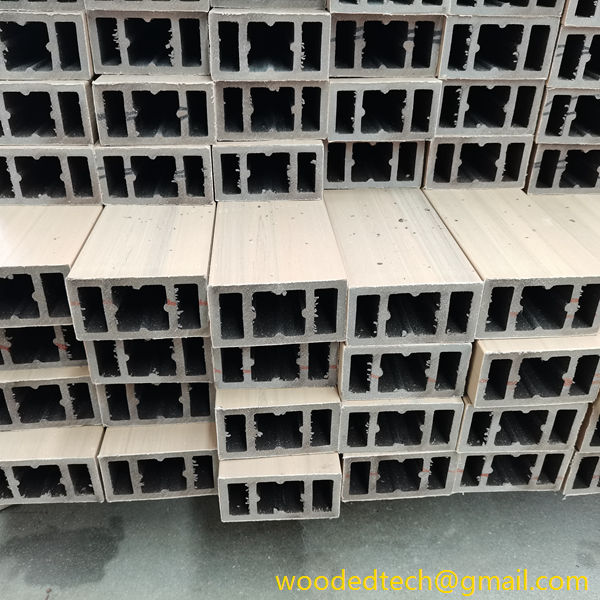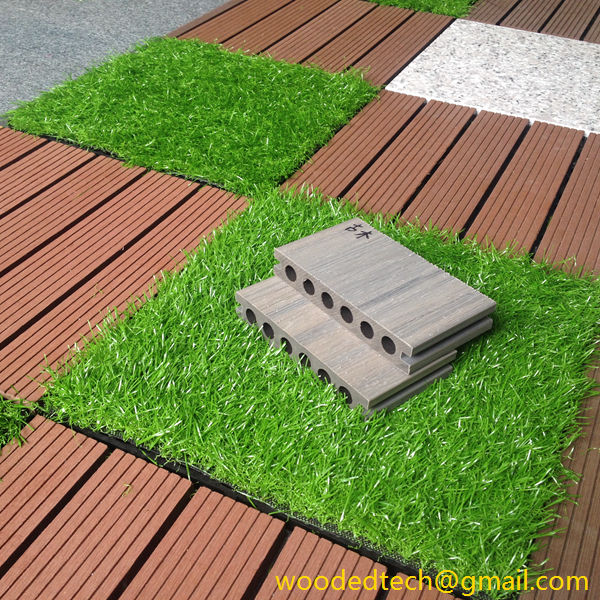Understand the WPC Meaning and Its Applications in Construction
Understand the WPC Meaning and Its Applications in Construction Wood Plastic Composites (WPC) are innovative materials that blend wood fibers or wood flour with thermoplastics, such as polyethylene, polypropylene, or polyvinyl chloride (PVC). This combination results in a versatile composite material that exhibits the favorable characteristics of both wood and plastic. WPCs have gained considerable…
Understand the WPC Meaning and Its Applications in Construction
Wood Plastic Composites (WPC) are innovative materials that blend wood fibers or wood flour with thermoplastics, such as polyethylene, polypropylene, or polyvinyl chloride (PVC). This combination results in a versatile composite material that exhibits the favorable characteristics of both wood and plastic. WPCs have gained considerable popularity in various construction applications due to their excellent material performance, sustainability, and aesthetic appeal.
To understand the significance of WPCs in construction, it is essential to recognize their unique properties. One of the most notable advantages of WPC is its resistance to moisture, decay, and insect damage. Traditional wood products are susceptible to rot and degradation when exposed to the elements, particularly in outdoor environments. In contrast, WPCs are engineered to withstand harsh weather conditions, making them an ideal choice for outdoor applications such as decking, fencing, and siding. This durability translates into a longer lifespan for WPC products, reducing the need for frequent replacements and maintenance.
WPCs are also favored for their low maintenance requirements. Unlike traditional wood, which may require regular staining, sealing, or painting to maintain its appearance and structural integrity, WPCs typically only require occasional cleaning. This characteristic is particularly appealing to homeowners and builders looking for materials that minimize upkeep and enhance convenience. The ease of maintenance contributes to the overall cost-effectiveness of WPCs, as the reduced need for repairs and replacements leads to long-term savings.
Another critical property of WPC is its environmental sustainability. As concerns about deforestation and plastic waste continue to grow, WPCs present a viable solution by utilizing recycled materials. The wood fibers used in WPC manufacturing often come from post-industrial or post-consumer waste, while the plastic components can be sourced from recycled plastics. This combination not only helps reduce waste but also decreases the reliance on virgin materials, aligning with the principles of a circular economy. By choosing WPCs, builders and consumers contribute to environmental conservation efforts while also benefiting from high-performance materials.
In terms of thermal and acoustic performance, WPCs demonstrate favorable insulation properties. They can help regulate temperatures within buildings and reduce noise transmission, enhancing the overall comfort of indoor environments. These attributes make WPCs suitable for various applications, including flooring and wall panels, where both aesthetics and functionality are paramount.
The versatility of WPCs extends to their design options. They can be manufactured in a wide range of colors, textures, and finishes, allowing architects and designers to achieve specific aesthetics. This flexibility enables WPCs to mimic the appearance of traditional wood while offering the added benefits of plastic. As a result, WPCs have become a popular choice for both residential and commercial construction projects, where visual appeal and performance are key considerations.
WPCs find extensive applications in outdoor structures. One of the most common uses is in the construction of decks. WPC decking provides a durable and attractive surface that resists fading, staining, and splintering. Homeowners appreciate the aesthetic qualities of WPC decks, which can be designed to complement a variety of architectural styles. Additionally, the slip-resistant surfaces of WPC decking enhance safety, making it an excellent choice for pool areas and other outdoor spaces.
Fencing is another area where WPCs excel. With their resistance to moisture and pests, WPC fences offer a long-lasting, low-maintenance solution for property boundaries. They can be designed to replicate the look of traditional wood fences while providing superior performance in terms of durability and resistance to environmental factors. This makes WPC fencing an attractive option for homeowners looking to enhance the security and aesthetics of their outdoor spaces.
Siding is yet another application where WPCs are making a significant impact. WPC siding can provide a stylish and weather-resistant exterior for homes and commercial buildings. With the ability to resist warping and cracking, WPC siding ensures that structures maintain their visual appeal over time. Additionally, the insulation properties of WPC help improve energy efficiency, further enhancing the sustainability of construction projects.
In addition to these outdoor applications, WPCs are increasingly being used in interior design. They can be utilized for wall panels, cabinetry, and furniture, offering a modern alternative to traditional wood products. The aesthetic versatility of WPCs allows designers to create unique interiors that are both functional and visually striking.
In conclusion, Wood Plastic Composites represent a significant advancement in construction materials, combining the best attributes of wood and plastic. Their excellent material performance, including durability, low maintenance, and environmental sustainability, makes them an attractive choice for a wide range of applications in both residential and commercial construction. As the construction industry continues to evolve, WPCs are poised to play an increasingly vital role in creating structures that are not only aesthetically pleasing but also environmentally responsible. The future of WPCs in construction looks promising, with ongoing innovations likely to enhance their properties and expand their applications even further.

